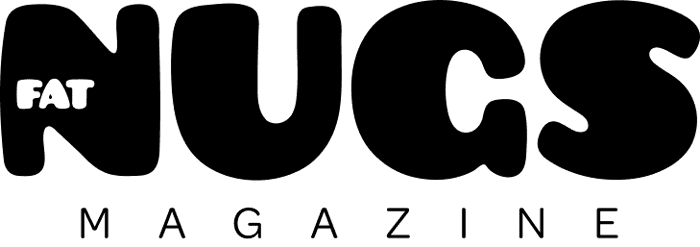My attendance at the 2025 Multidisciplinary Association for Psychedelic Studies Conference in Denver, Colorado, created dimensions of unlearning, relearning, and reconstructing my very antiquated paradigms surrounding psychedelics. This spurred new questions I didn’t expect.
Let me take you on a little trip, shall we?
My biggest takeaways from the conference were identifying the barriers standing in the way of the industry. These include standardized testing, safe and affordable access to these substances, and the clinical training needed to administer these specialized therapies. These obstacles and concerns were not at the forefront of the paradigm I walked into the conference with, to say the least.
The Current State of Psychedelics
As we stand today, most psychedelics (e.g., psilocybin, MDMA, LSD) are classified as Schedule I substances in many states and countries, meaning they are considered to have no medical use and high potential for abuse. However, shifting public perception, regulatory reform, and rescheduling based upon emerging scientific and clinical evidence are reshaping how agencies like the FDA and EMA consider these substances. And in certain states, these new beginnings and shifts in governmental regulations are quickly creating an industry.
This is clearly evident in the statistics pulled from surveyed psychedelic therapy seekers. The survey revealed that 42% of those who are traveling for this experience have frequented Colorado, where our relaxed and favorable laws towards psilocybin have created a progressive and safe environment to harbor this industry, per a press release by Denver Health.
Now, that’s not to say other states haven’t loosened their stance on psychedelics. Oregon and California each have their own processes ongoing, but almost the majority of people seeking these treatments are coming to Colorado. This means the needs of– and for –an industry are taking form.
Three Takeaways from MAPS Conference 2025
1. Understanding Testing and Dosing
Gone are the days of “take a gram and see how you feel.” Now is the time of enlightenment, and science is leading precise dosing.
Colorado is leading the way in understanding psychedelics testing and dosing. Companies like Friday Ventures and Tryptomics are offering affordable and reputable avenues for cultivators and consumers to know exactly how strong their psychedelics are.
By doing so, these companies can provide dosing advice for safe, responsible consumption. Without this kind of standardized testing, education, and dosing guidelines, the industry will stay in a state of Pseudoscience, which will hamper its chances for rescheduling. To me, this is a paramount component to legitimizing the industry and providing structure to its proper administration.
2. Insurance Ensures Access to an Industry
It was mind-blowing to me how expensive these therapies can be without insurance companies recognizing the benefits of psychedelic therapy. One psychedelic therapy session alone can cost over $800, with multiple sessions usually necessary, and psychedelic retreats soaring into the thousands. Psychedelic therapy is time-intensive (multi-hour sessions along with preparatory and integration work) and not covered by most insurance plans.
For this to change, patients need to demonstrate the long-term cost-effectiveness of these therapies. Advocacy for new billing models that reflect the unique structure of psychedelic care must also be considered on an individual-by-individual basis by a trained and well-versed insurance provider. Without these reformative steps, psychedelic therapy will remain underground, unaffordable, and without proper professional supervision.
3. Many More Hands Could Make Light Work Ahead
Maybe the most important facet to all of this is: who are the clinical, psychiatric, and other healthcare professionals who are going to facilitate this emerging treatment?
The fact is, there is a major shortage of trained psychedelic-assisted therapists. The need for standardized training and certification programs with multidisciplinary collaboration by psychiatrists, psychologists, and nurses is immense–as is the integration of cultural and spiritual competency into said training. Psychedelic experiences are as unique as the people and the traumas they aim to treat.
It is my opinion that for psychedelics to be as successful and beneficial as possible, prior therapy and psychological evaluation must take place before any introduction to psychedelic substances in a therapeutic program can be administered. To do so takes a tremendous amount of time and human resources to establish trust and a comfort level with the patient, and thus further stretches the already shorthanded industry.
MAPS: Leading the Future of Psychedelic Therapy in the US
It is clear that, while taking monumental steps in the right direction, the psychedelic industry is still in a major stage of metamorphosis.
This emerging science still has a lot of questions to answer before it can become not only destigmatized, but also accepted: who should get psychedelic therapy, when is it appropriate, and how to administer it are but a few of these questions.
Integration with broader mental health systems, including insurance options, is the only way I see this becoming an option for potential patients. Historically, psychedelic therapy is often siloed or seen as fringe. But with the help of proper standardized testing, cooperation and recognition by insurance providers, and training avenues for current and future practitioners, psychedelic-assisted therapy has real potential to change lives for the better.
The future for affordable, professional, and beneficial treatment for those who need it is coming. The question remains: how soon can it get here?


